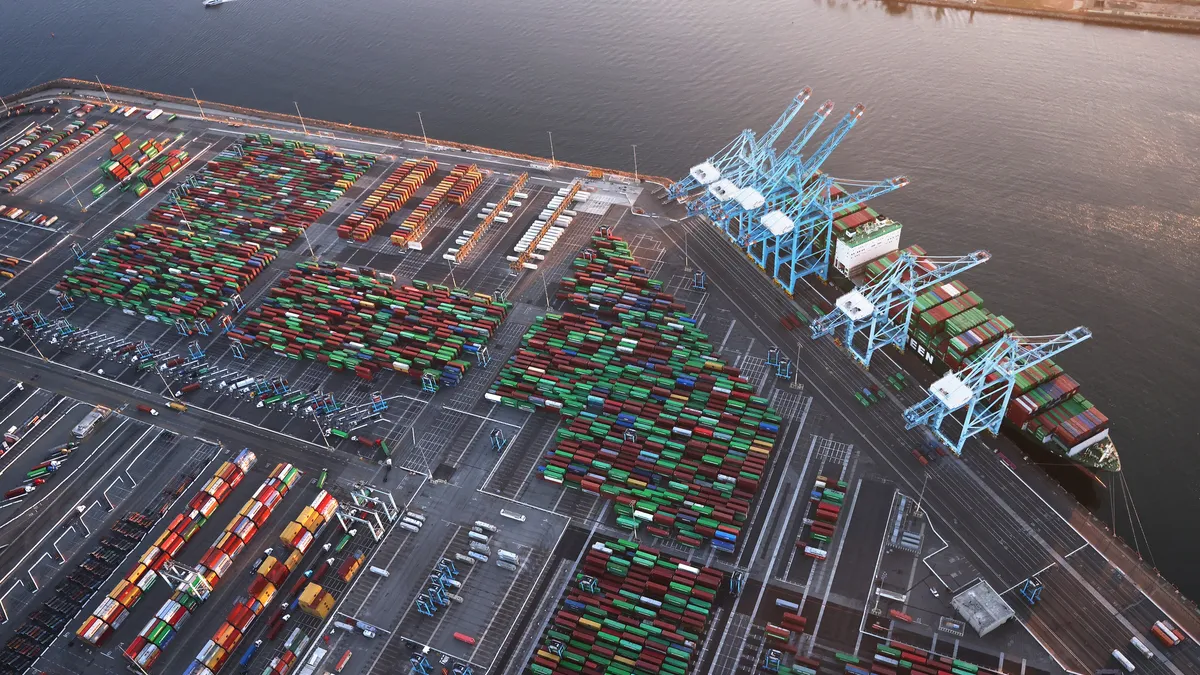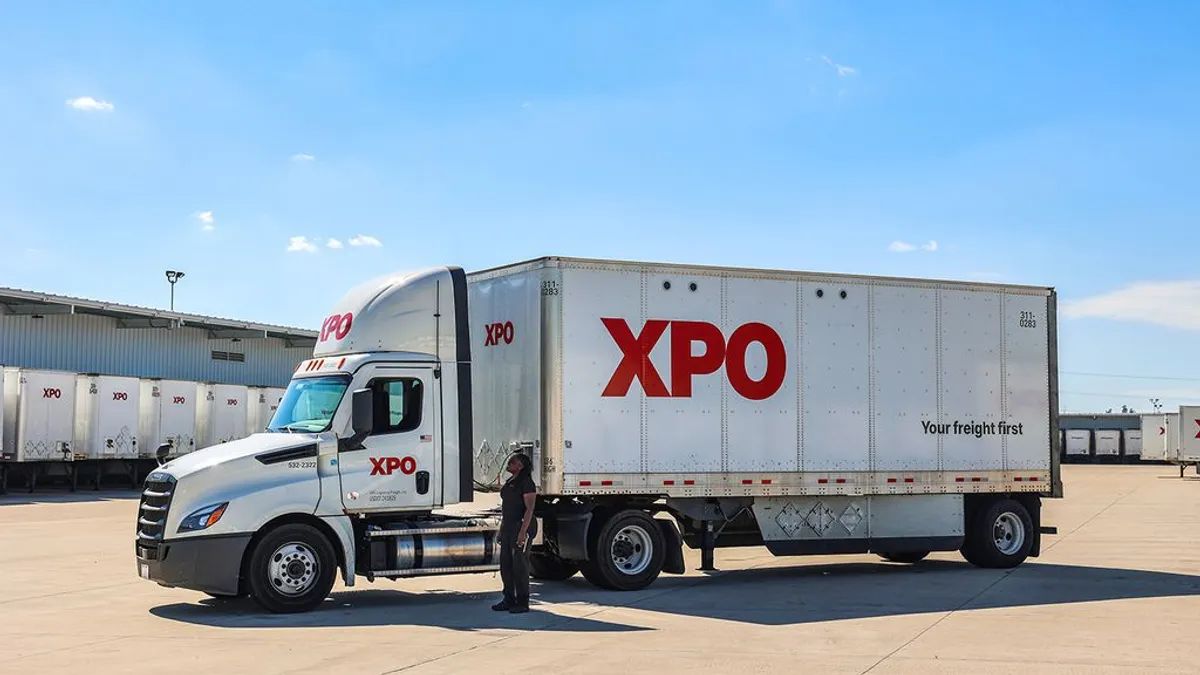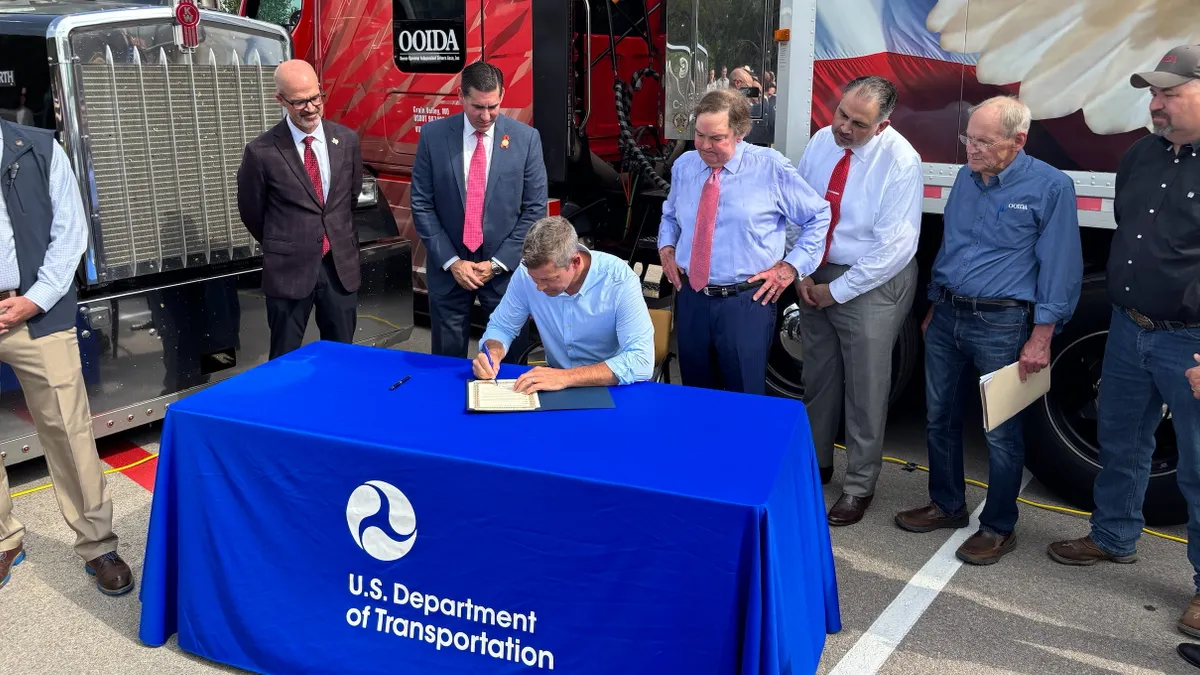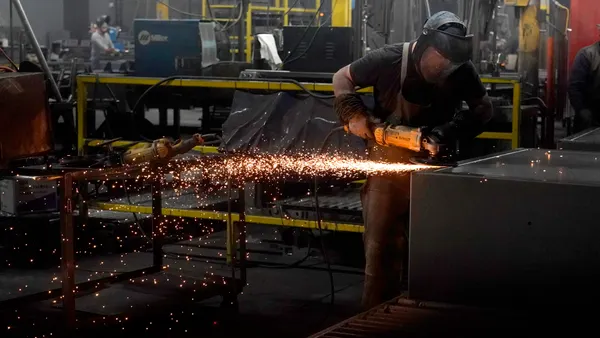This is a contributed op-ed written by Santura Pegram, a former longshoreman. Opinions are the author's own.
All eyes are on the supply chain. A growing fleet of ships waits outside the ports of Los Angeles and Long Beach. And an equally long line of truck drivers are idling to enter port terminals.
While there is clearly cause for concern — especially as we head into the holiday season — the reality is, these situations do not have to be so severe.
Unnecessary delays and congestion at U.S. ports have often been caused by three things:
- Influential shipping companies.
- Bureaucracy.
- Questionable labor agreements.
A mix of the first two factors paved the way for union leaders to reduce the number of dockworkers (longshore workers and truckers) at job sites.
A decrease in the number of qualified manual workers on the docks translates into fewer dockworkers assigned to each "work gang," or crew needed to load and unload ships.
That also means fewer hands physically lashing cargo containers, touching twist locks and operating mule trucks, top loaders and forklifts. Each step is crucial to the overall operation of any seaport to ensure safe work environments and steady supply flow.
Having an influx of responsible truck drivers (or access to a railway system) who can transport cargo containers out of seaports and/or deliver to a seaport are just as important to the logistical chain.
Fewer employees on a payroll may initially help companies generate greater profits for their executives and shareholders. But long-term, it comes with costly, avoidable consequences. And disgruntled consumers and corporate customers across the nation are feeling it, too.
An overlooked solution
Many in the industry have overlooked or downright dismissed prodding legislators and state-federal prison officials to implement education programs for CDLs in their penal institutions for inmates who are slated for release within two years.
Equipping soon-to-be released inmates with proper training and allowing them to earn a CDL can uniquely incentive ex-offenders to become tax-paying citizens who can remain gainfully and meaningfully employed upon release.
The reality is, these situations do not have to be so severe.

This could solve the lack of certified truck drivers, while simultaneously addressing the country's recidivism problem.
These certified truck drivers could hit the streets and be ready to go to work in a matter of days or weeks. And they could be used by trucking companies, manufacturers, local Teamsters unions and retail outlets to transport containers from seaports and airports locally, regionally and/or across the country.
But, like most things, current and projected port congestion is not due to a lack of sufficient options or ideas.
Financial rewards or the greater good?
Yes, West Coast seaports and airports (especially those throughout the state of California) handle the lion's share of cargo, specifically electronic appliances, devices and apparel.
But just as most people would look for an alternative route to get to a destination of their choice, manufacturing companies based overseas should have been knocking on the doors of seaports and airports long before now up and down the Eastern seaboard.
Seaports throughout Georgia, Florida, the Carolinas, Virginia and Louisiana are quite capable of handling immense container traffic due to recent infrastructure improvements, deeper dredging, and the addition of Panamax and Post-Panamax gantry cranes.
Instead, the continuing issue stems from a lack of common sense and the preference to reap private financial rewards over implementing solutions that lead to the greater good.
To submit an opinion piece for publication on the Transport Dive website, please visit https://www.transportdive.com/opinion/submit-opinion/ and view our guidelines and submission form.









